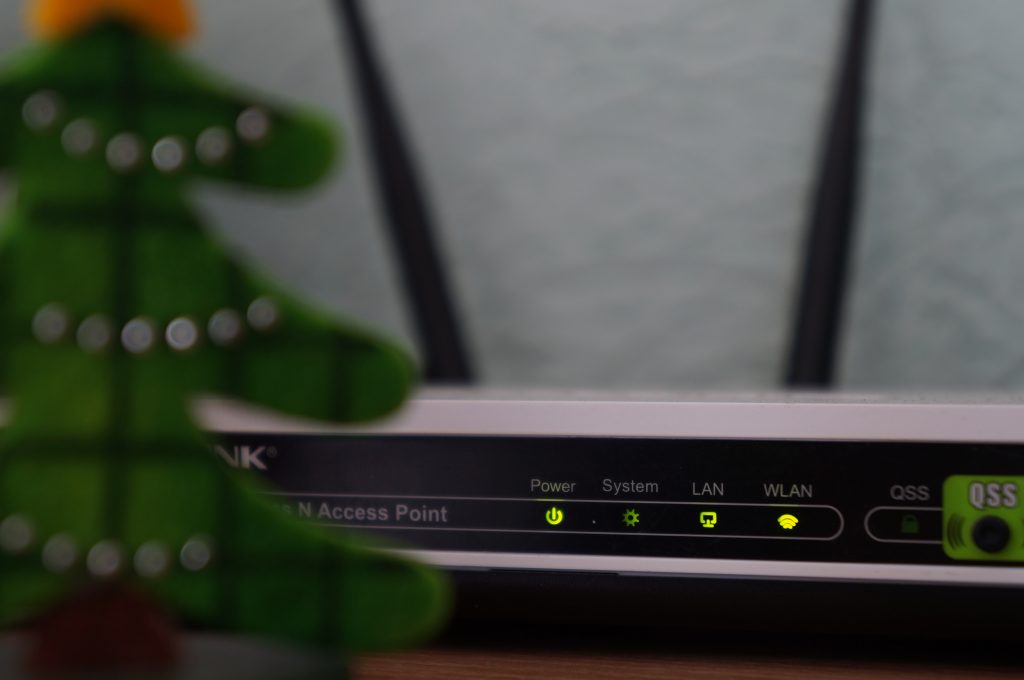You’re waking up at night, going to the kitchen for a glass of water, and suddenly you slip and fall to the ground. You don’t have a phone with you, and there’s no camera or movement sensor around. Can your WIFI access point detect you and call the emergency number?
The above scenario is just one of the many cases in which passive non-cooperative localization and behavioural analysis is of fundamental importance. Such a class of strategies is devoted to address the fundamental challenge of detecting, identifying, tracking, and analyzing the behavior (e.g., posture) of a person not wearing any tag / dedicated device. But is this physically possible?

The demand for passive localization capabilities in complex indoor environment is steadily increasing since several years. In fact, the capability locate and understand the position and behavior of non-cooperative entities goes far beyond the smart home use case, and it encompasses a wide variety of environments (museums, shopping malls, office buildings, or airports) and objectives (detection of intruders, identification of “most visited” crafts or areas, localization of unconscious people during an evacuation). Several standard solutions exist which enable to passively localize people, but the vast majority of them require dedicated hardware ad-hoc installed in the scenario (e.g., cameras, radars, IR sensors) and, in many cases, specific operative conditions (e.g., correct illumination, absence of fog/haze/smoke) which may not be always granted in reality.

This is where the E-AIR passive wireless localization concept comes into play. By leveraging on a combination of solid physical background rooted in the concept of “equivalent currents” and advanced artificial intelligence customized tools, the E-AIR system solves the above problem in an opportunistic and efficient way.

The key idea behind this approach is that the presence of a person in an indoor scenario generates a “perturbation” in the already existing wireless environment (e.g., WIFI), just like a person walking in a pool perturbs the water surface. Such a perturbation can be indirectly detected by the infrastructure (e.g., access points) even if the person is not wearing any specific device, and even if the environment has NOT been equipped with dedicated sensors. The opportunistic nature of the solution is clear, as it fits any environment equipped with one or more access points, along with its robustness (WIFI signals do not require the rooms to have a nice illumination). But an obvious question arise: how does the system understand the actual meaning of the perturbation?

Learning and understanding the wireless signature associated to each perturbation (detection, identification, tracking, and behavior analysis) is the job of E-AIR. To do so, and unlike previous techniques exploiting “wireless shadowing” effects, a combination of learning-by-example techniques (including advanced support vector regression methods, deep learning, and Kriging strategies), evolutionary optimization algorithms, and multi-resolution discretization techniques is applied to the 3D vectorial equations describing the electromagnetic scattering associated to each potential target. Such an overall suite has been demonstrated in various contexts by the ELEDIA team in the last 10 years, with application contexts ranging from smart homes and smart buildings to healthcare and security.

More recently, the ELEDIA researchers have looked at how this concept may be further extended to understand not only the position and posture of a non-cooperative person, but also his/her gestures. By leveraging on the additional information resulting from modern MIMO wireless standards, the possibility to assess the basic gestures of non-cooperative users in the absence of any dedicated sensor has been demonstrated, paving the way for applications in home entertainment and assistive technologies scenarios, among the others.
Much work remains to be done in several directions, both from the applicative and from the methodological viewpoint, but the possibilities and scenarios enabled by the capability to “see” our wireless signature are vast and promising.
Read more
- F. Viani, M. D. Migliore, A. Polo, M. Salucci and A. Massa, “Iterative classification strategy for multi-resolution wireless sensing of passive targets,” Electronics Letters, vol. 54, no. 2, pp. 101-103, 25 1 2018, doi: 10.1049/el.2017.2036.F. Viani, F. Robol, A. Polo, P. Rocca, G. Oliveri and A. Massa, “Wireless Architectures for Heterogeneous Sensing in Smart Home Applications: Concepts and Real Implementation,” Proceedings of the IEEE, vol. 101, no. 11, pp. 2381-2396, Nov. 2013, doi: 10.1109/JPROC.2013.2266858.F. Viani, P. Rocca, G. Oliveri, D. Trinchero and A. Massa, “Localization, tracking, and imaging of targets in wireless sensor networks: An invited review,” Radio Science, vol. 46, no. 05, pp. 1-12, Oct. 2011, doi: 10.1029/2010RS004561F. Viani, P. Rocca, M. Benedetti, G. Oliveri, and A. Massa, “Electromagnetic passive localization and tracking of moving targets in a WSN-infrastructured environment,” Inverse Problems – Special Issue on “Electromagnetic Inverse Problems: Emerging Methods and Novel Applications,” vol. 26, pp. 1-15, May 2010. doi:10.1088%2F0266-5611%2F26%2F7%2F074003F. Viani, L. Lizzi, P. Rocca, M. Benedetti, M. Donelli and A. Massa, “Object tracking through RSSI measurements in wireless sensor networks,” Electronics Letters, vol. 44, no. 10, pp. 653-654, 8 May 2008, doi: 10.1049/el:20080509

